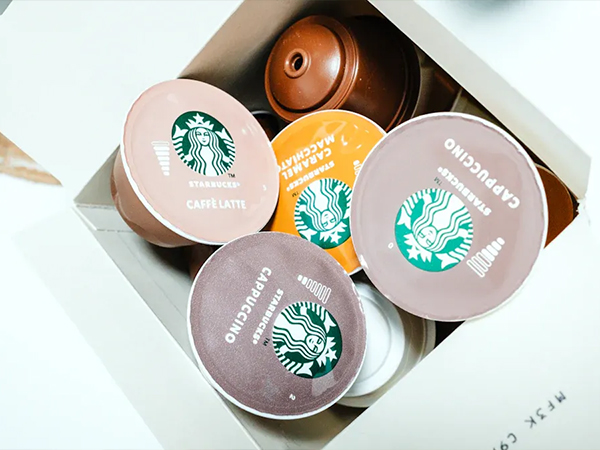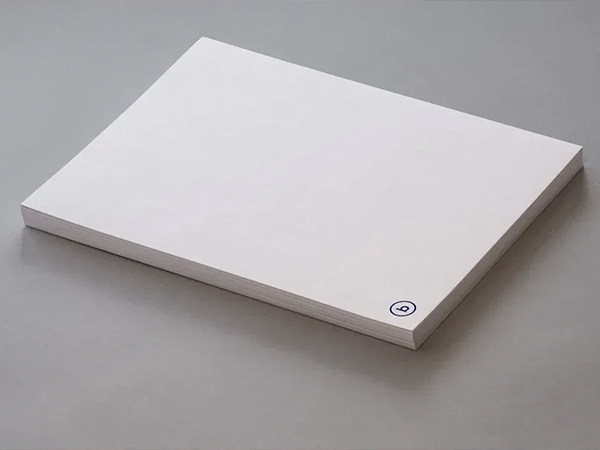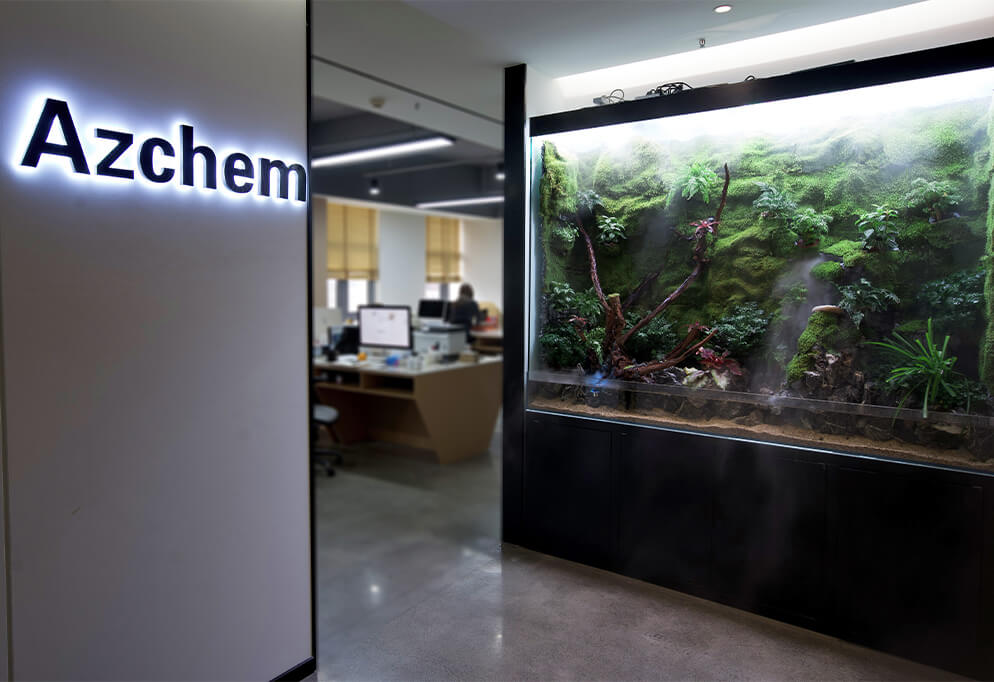
Alkyl ketene dimer plays a vital role in modern papermaking by giving paper both water resistance and strength. Manufacturers apply this compound to cellulose fibers, which transforms ordinary paper into a durable and high-performance material. The Azakd® Series AKD Sizing Agent sets a benchmark in the industry, offering reliable results for a wide range of paper grades. Many paper mills rely on this advanced solution to meet demanding quality standards.
Key Takeaways
- Alkyl ketene dimer (AKD) makes paper water resistant by forming a strong, water-repellent layer on cellulose fibers.
- AKD improves paper strength by creating chemical bonds that reinforce the fiber network, making paper more durable.
- The Azakd® Series AKD Sizing Agent offers high purity and stable emulsions, ensuring consistent quality across many paper types.
- AKD can be added during papermaking or applied on the paper surface, allowing flexible use for different products and needs.
- Using AKD supports sustainable papermaking by working well with recycled fibers and reducing chemical waste.
Alkyl Ketene Dimer in Papermaking

What Is Alkyl Ketene Dimer
Alkyl ketene dimer is a synthetic chemical compound widely used in the papermaking industry. Chemists first developed it to address the need for water-resistant paper. The molecule features a long alkyl chain attached to a reactive ketene group. This unique structure allows it to interact effectively with cellulose fibers in paper. Manufacturers often supply alkyl ketene dimer as a waxy solid or as an emulsion, making it easy to handle in industrial settings.
Note: The Azakd® Series AKD Sizing Agent uses high-purity alkyl ketene dimer to ensure consistent quality and performance in modern paper mills.
The versatility of alkyl ketene dimer makes it suitable for a range of paper grades. Producers can use it in packaging, printing, and specialty papers. Its chemical stability and compatibility with neutral and alkaline papermaking systems set it apart from older sizing agents.
Role as a Sizing Agent
In papermaking, a sizing agent changes the surface properties of paper. Alkyl ketene dimer acts as a sizing agent by forming a hydrophobic layer on the paper fibers. This layer prevents water and other liquids from penetrating the sheet. As a result, the paper gains improved water resistance and durability.
Papermakers add alkyl ketene dimer during the wet-end process or apply it as a surface treatment. The compound reacts with the hydroxyl groups in cellulose, creating strong chemical bonds. This reaction leads to the formation of β-keto ester bonds, which anchor the hydrophobic layer to the fiber network.
- Key benefits of using alkyl ketene dimer as a sizing agent:
- Enhanced water resistance
- Improved printability
- Increased paper strength
- Compatibility with recycled fibers and alkaline fillers
A reliable sizing agent like the Azakd® Series helps paper manufacturers achieve high-quality results while maintaining efficient production.
How It Works
Chemical Bonding with Fibers
Alkyl ketene dimer interacts directly with cellulose fibers in the paper. The process begins when the AKD molecule comes into contact with the hydroxyl groups found on cellulose. The reactive lactone ring in the AKD opens and forms a covalent bond with these groups. This reaction is called esterification. As a result, β-keto ester bonds develop between the AKD and the cellulose. These bonds anchor the sizing agent firmly to the fiber network. The Azakd® Series AKD Sizing Agent uses a high-purity formulation, which ensures efficient bonding even in neutral and alkaline papermaking systems. This compatibility allows paper mills to achieve consistent results across a wide range of paper grades.
Note: The strength of the chemical bond between AKD and cellulose is critical for long-lasting water resistance and durability.
Water Resistance Mechanism
The formation of β-keto ester bonds leads to the next important step: the creation of a hydrophobic layer. Once the alkyl ketene dimer attaches to the cellulose, its long alkyl chains orient outward from the fiber surface. These chains repel water molecules. As a result, the paper sheet gains a protective barrier that blocks water and other liquids from soaking in. This hydrophobic effect is what gives sized paper its water-resistant properties. The Azakd® Series enhances this effect by providing stable emulsions and optimized particle sizes, which help distribute the AKD evenly throughout the paper. This uniform coverage ensures that every part of the sheet benefits from the water-repellent layer.
- Key features of the water resistance mechanism:
- Formation of a continuous hydrophobic barrier
- Effective performance in both neutral and alkaline conditions
- Reliable results even with recycled fibers and alkaline fillers
Strength Enhancement
The chemical reaction between alkyl ketene dimer and cellulose does more than just repel water. It also improves the mechanical strength of the paper. The β-keto ester bonds reinforce the fiber network, making the sheet less likely to break or tear. This added strength is especially important for packaging, printing, and specialty papers that must withstand handling and processing. The Azakd® Series AKD Sizing Agent supports high-speed papermaking by reducing foam and machine corrosion, which helps maintain the integrity of the paper during production. The result is a stronger, more durable product that meets the demands of modern applications.
Tip: Consistent strength and water resistance help paper manufacturers reduce waste and improve production efficiency.
Application Methods

Wet-End Addition
Papermakers often introduce alkyl ketene dimer directly into the pulp slurry during the wet-end stage. This method allows the AKD molecules to interact with cellulose fibers before sheet formation. The Azakd® Series offers AKD in both emulsion and wax forms, which disperse efficiently in water. Operators can select the appropriate solid content based on the paper grade and machine speed. Wet-end addition ensures even distribution of the sizing agent throughout the fiber network. This approach works well with both virgin and recycled fibers. The process also supports the use of alkaline fillers like precipitated calcium carbonate (PCC) and ground calcium carbonate (GCC).
Tip: Consistent mixing and proper dosage help maximize the effectiveness of AKD sizing in the wet-end.
Surface Sizing
Surface sizing applies AKD to the paper sheet after initial formation but before drying. This technique uses size presses or film applicators to coat the surface with an AKD emulsion. The Azakd® Series provides stable emulsions and specialized stabilizers for this purpose. Surface sizing enhances water resistance and printability, especially for high-quality printing and packaging papers. Operators can adjust the application rate to achieve the desired performance. This method also allows for targeted treatment of specific paper grades.
- Advantages of surface sizing:
- Improved surface strength
- Enhanced ink holdout
- Flexible adjustment for different products
Factors Affecting Performance
Several factors influence the performance of AKD sizing agents. Fiber type, filler content, and machine conditions all play important roles. The Azakd® Series demonstrates excellent compatibility with recycled fibers and alkaline fillers, which supports sustainable papermaking. Temperature, pH, and mixing intensity also affect the esterification reaction between AKD and cellulose. Proper storage and handling of AKD emulsions maintain their stability and shelf life.
| Factor | Impact on AKD Performance |
|---|---|
|
Fiber Quality |
Affects bonding efficiency |
|
Filler Type |
Influences distribution |
|
Machine Speed |
Determines dosage requirements |
|
pH Level |
Controls reaction conditions |
Note: Technical support from suppliers like Amazon Chemicals helps mills optimize these variables for consistent, high-quality results.
Benefits of Alkyl Ketene Dimer
Water Resistance
Alkyl ketene dimer provides outstanding water resistance for paper products. The hydrophobic layer formed during the sizing process blocks water from penetrating the sheet. This feature protects documents, packaging, and specialty papers from moisture damage. The Azakd® Series AKD Sizing Agent delivers consistent results, even in challenging environments. Compared to traditional rosin sizing, AKD maintains water resistance over time and does not lose effectiveness in neutral or alkaline conditions.
Printability and Surface Quality
Paper treated with AKD shows excellent printability. The smooth, water-repellent surface allows ink to sit on top of the sheet, producing sharp images and vibrant colors. This benefit is essential for high-quality printing and packaging applications. The Azakd® Series enhances surface quality by providing stable emulsions and optimized particle sizes. Printers experience fewer defects, such as ink feathering or blotting, which leads to better finished products.
Durability and Strength
The chemical bonds formed between AKD and cellulose fibers increase the mechanical strength of paper. Sheets become more resistant to tearing, folding, and abrasion. This added durability supports demanding uses, including food packaging and medical papers. The Azakd® Series also reduces foam and machine corrosion, which helps maintain paper integrity during high-speed production. Mills benefit from improved runnability and less downtime.
Environmental and Economic Advantages
AKD sizing agents offer several environmental and economic benefits. The Azakd® Series is formaldehyde-free and compatible with recycled fibers, supporting sustainable papermaking. Its stable formulation reduces chemical waste and lowers effluent loading. Compared to ASA and rosin, AKD provides better thermal and chemical stability, which means less frequent adjustments and lower operating costs. Paper mills achieve higher efficiency and consistent product quality.
Note: Technical support from Amazon Chemicals ensures mills can optimize AKD performance for both environmental compliance and cost savings.
Real-World Uses
Writing and Printing Papers
Paper mills worldwide rely on advanced sizing agents to produce writing and printing papers that meet strict quality standards. The Azakd® Series AKD Sizing Agent helps manufacturers achieve crisp, clear print results. This product creates a smooth, hydrophobic surface that prevents ink from spreading or feathering. Students, professionals, and publishers benefit from paper that supports sharp text and vibrant images. The Azakd® Series also improves runnability on high-speed machines, reducing downtime and waste. Technical support from Amazon Chemicals ensures that mills can fine-tune their processes for optimal print quality.
Packaging and Food Papers
Packaging and food papers require more than just water resistance. They must also block grease and oils to protect food and maintain hygiene. The Azakd® Series AKD Sizing Agent delivers outstanding performance in this area. When applied at the wet-end or as a surface coating, it enhances the hydrophobicity of the paper. Experimental results show that using about 1% AKD on dry fiber and a coating weight of 7 g/m² produces grease-resistant papers with Kit test values between 3 and 4. This performance surpasses traditional starch coatings at the same weight. The AKD molecules interact with cellulose fibers, closing surface pores and preventing grease penetration. This mechanism creates packaging papers suitable for food contact and aligns with the growing demand for sustainable, biodegradable materials.
Tip: The Azakd® Series is trusted by global paper mills for food packaging applications, offering both technical support and free samples to optimize production.
Specialty and Medical Papers
Specialty and medical papers demand unique properties such as low particulate content, high strength, and reliable barrier performance. The Azakd® Series AKD Sizing Agent supports these requirements by forming strong chemical bonds with cellulose fibers. This process results in papers that resist tearing and maintain integrity during use. Art papers benefit from enhanced ink holdout, allowing artists and printers to achieve gallery-quality results. Medical and hygiene papers require low dust and consistent mechanical properties, which the Azakd® Series helps deliver. Amazon Chemicals provides rapid technical consultation, ensuring that specialty producers receive tailored solutions for their specific needs.
| Application Area | Key Benefits Provided by Azakd® Series |
|---|---|
|
Writing/Printing |
Sharp print, smooth surface, high runnability |
|
Packaging/Food |
Grease resistance, food safety, sustainability |
|
Specialty/Medical |
Low particulate, strength, technical support |
Alkyl ketene dimer changes ordinary paper into a strong, water-resistant material. The Azakd® Series AKD Sizing Agent stands out in modern papermaking by supporting both quality and sustainability. Industry leaders continue to develop new solutions that improve paper performance and meet environmental goals. Paper users benefit from advanced chemistry every day.
The science behind paper production shapes the quality of products people use and trust.
FAQ
What makes the Azakd® Series AKD Sizing Agent different from other sizing agents?
The Azakd® Series offers high-purity AKD, formaldehyde-free formulations, and excellent compatibility with recycled fibers. Its stable emulsions support high-speed machines and reduce foam, making it a preferred choice for modern papermaking.
Can AKD sizing agents be used with recycled paper fibers?
Yes. AKD sizing agents, including the Azakd® Series, work well with recycled fibers. They help maintain water resistance and strength, even when mills use a high percentage of recycled content.
How does AKD improve print quality on paper?
AKD creates a smooth, hydrophobic surface. This surface prevents ink from spreading, which results in sharper images and clearer text. Printers notice improved color vibrancy and reduced ink feathering.
Is the Azakd® Series suitable for food packaging applications?
Absolutely. The Azakd® Series provides grease and water resistance, making it ideal for food packaging. Its formaldehyde-free formulation meets safety standards for direct food contact.
How long can AKD emulsions from the Azakd® Series be stored?
The Azakd® Series AKD emulsions remain stable for 3 to 6 months when stored properly. Mills should follow storage guidelines to maintain product quality and performance.






